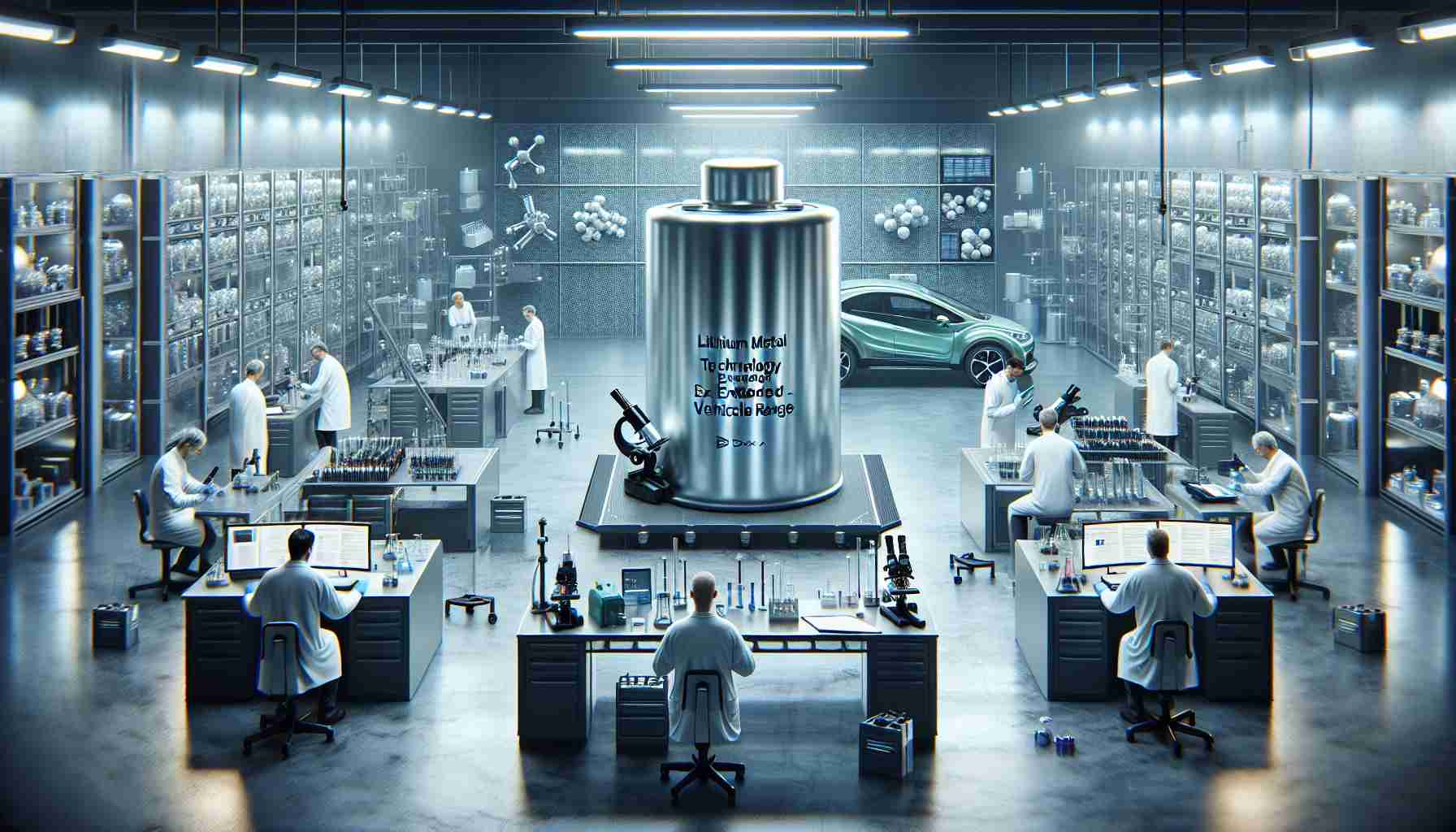A new generation of electric vehicles could be powered by lithium metal batteries capable of traveling from 500 to 700 miles on a single charge, which is twice the range compared to the conventional lithium-ion batteries currently used in EVs. However, lithium metal technology has serious drawbacks. The number of charge and discharge cycles leads to rapid capacity loss in the battery, making it impractical for drivers expecting electric cars to last for many years.
Scientists have been researching various materials and techniques for many years in order to improve battery lifespan. Now, researchers from Stanford University have discovered a simple and inexpensive way to address this problem: simply emptying the battery and leaving it in that state for a few hours. This approach, described in a study published in the journal Nature on February 7, restored the battery’s capacity and improved its overall performance.
“We were looking for the simplest, cheapest, and quickest way to improve the lifespan of lithium metal batteries,” said co-author of the study, Wenbo Zhang, a doctoral candidate in materials science and engineering at Stanford University. “We found that this improvement can be achieved by leaving the battery in a discharged state. These changes can be made through battery management software, without additional costs or changes in devices, materials, or production.”
The results of this study could provide practical guidance to electric vehicle manufacturers on adapting lithium metal technology to real-world driving conditions. “Lithium metal batteries have been the subject of extensive research,” said lead author of the study, Yi Cui, a professor of materials science and engineering at Stanford University. “Our findings could contribute to further research that will help in the widespread use of lithium metal batteries in the industry.”
Lithium metal batteries differ from lithium-ion technology. In a traditional lithium-ion battery, there are two electrodes: a graphite anode and a lithium oxide cathode, separated by a liquid or solid electrolyte that allows the flow of lithium ions in both directions.
In contrast, in lithium metal batteries, the graphite anode is replaced with electroplated lithium metal, allowing it to store twice as much energy compared to lithium-ion batteries of the same size. The lithium metal anode is also lighter than the graphite anode, which is significant for electric vehicles. Lithium metal batteries can store at least one-third more energy per pound compared to lithium-ion batteries.
“A vehicle equipped with a lithium metal battery would have twice the range of a vehicle with a lithium-ion battery of the same size — for example, 600 miles on a single charge compared to 300 miles,” said co-author of the study, Philaphon Sayavong, a doctoral candidate in chemistry. “For electric vehicles, the goal is to minimize the battery weight while increasing the vehicle’s range.”
Doubling the range could eliminate the range anxiety for drivers who are hesitant to purchase electric vehicles due to insufficient range. However, continuous charging and discharging lead to the degradation of lithium metal batteries, making them unsuitable for everyday use. When the battery is discharged, microscopic pieces of lithium become isolated and trapped in a soft matrix formed at the interface between the anode and the electrolyte.
“This soft matrix is nothing but decomposed electrolyte,” explained Zhang. “It surrounds the isolated lithium fragments, which have been separated from the anode and prevents them from participating in any electrochemical reactions. Therefore, we consider isolated lithium to be dead.”
Continuous charging and discharging degrade lithium metal batteries, but the recent discovery by Stanford University scientists paves the way for further research to improve the lifespan of these batteries, which could accelerate their market introduction.
FAQ:
The source of the article is from the blog shakirabrasil.info
